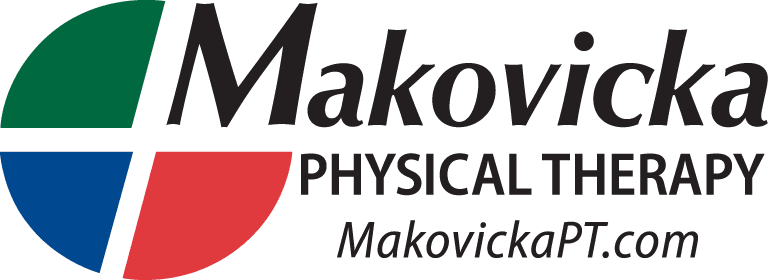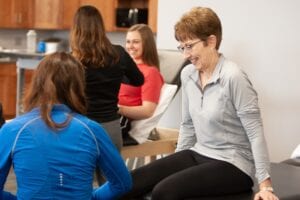Pain is certainly something we have all dealt with at some point in our lives. To experience pain long-term is not only a major inconvenience to daily living, but it also causes frustration, confusion, and chaos in many aspects of life. When experiencing chronic pain, it is important to understand how pain works and to seek a long-term fix rather than short-term relief in order to move forward to a better quality of life.
Defining Chronic Pain
Pain can be defined as an unpleasant sensory and emotional experience associated with actual or potential tissue damage. It is based on a complex interaction of both physical and psychological processes. Chronic pain is defined as pain that lasts beyond the time of normal tissue healing (usually more than 3 months).
Prevalence
Chronic pain is everywhere. In recent years, an alarming number of Americans have been prescribed opioids for pain relief. Because long-term opioid use can have many negative side effects including withdrawal symptoms, depression, overdose, and addiction, the Centers for Disease Control and Prevention (CDC) recommends safe alternative treatments like physical therapy for most chronic pain.
How Physical Therapy Can Help
Whereas opioids only mask the sensation of pain, physical therapists treat pain through movement, hands-on care, and patient education, resulting in positive side effects like improved mobility, independence, and wellness.
The way chronic pain is treated differs from the way a new (acute) injury is treated. If pain persists long after it takes for an initial injury to heal, then the problem may actually lie with the “pain system” in the brain itself. Modern pain science tells us the best way to treat chronic pain can be summarized in these 3 steps:
Step 1: Understand pain
- Pain protects us by acting as our “alarm system” to alert our brains if our tissues are damaged
- Sometimes, following an injury, your pain system can be “on” for so long that it can rewire your brain to actually become overprotective and hypersensitive, giving you the continual sensation of pain even after your initial injury has healed (Note: this does NOT mean that your pain is not real, it simply means your body does too good of a job protecting itself!)
Step 2: Understand your body
- This overprotective pain system tells us not to move or load our bodies because moving hurts, and this avoidance can cause a kind of vicious cycle of making your pain system even more alert
- It is important to understand that injuries heal with time, and your body’s tissues have an incredible ability to adapt amazingly well to the demands of life
Step 3: Retrain your pain system
- The good news is, you can re-train your pain system back to providing protection when you need it, but not when you don’t.
- Once you are assessed by a healthcare provider such as a PT or primary care physician and given the “OK” that it is safe to move, exercise and movement are key in helping reduce chronic pain
- As you load your tissues you will become stronger, and your stronger body will be more resilient to injury. In this way exercise and movement help to “turn down” your protection setting.
If you are an individual struggling with chronic pain, scheduling an appointment to see a physical therapist is a great place to start. Physical therapists can help coach you and come up with a game plan as you begin the journey to recovery from chronic pain. Our ultimate goal as physical therapists is to help patients take their healthcare into their own hands as they gain independence and self-reliance.
To schedule a Free Consultation with a physical therapist, call any Makovicka Physical Therapy clinic locations.
Levi Loper PT, DPT
Link to helpful video:
Sources:
https://www.tamethebeast.org/understanding
https://www.choosept.com/pain
https://www.permissiontomove.com/patient-resources

